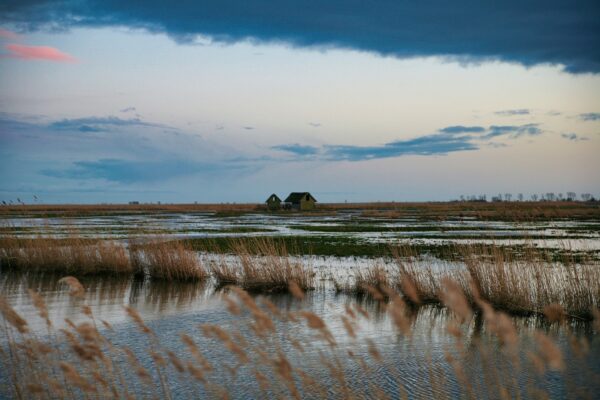In a breakthrough for ecosystem mapping, researchers at The University of Cambridge and The Nature Conservancy (TNC) have published the first globally consistent map of Earth’s tidal marshes.
The 10m resolution map is now publicly available on Google Earth Engine App. These often underappreciated yet highly productive coastal ecosystems are critical contributors to human wellbeing, climate, and biodiversity. The map will allow countries to better understand the extent of tidal marsh habitat along their shores, and to identify opportunities for conservation and restoration.
“Until now, small-scale maps have depicted the local extent of tidal marshes, but there has been no globally consistent map” said co-author Mark Spalding, Senior Marine Scientist at TNC and part of the Conservation Science Laboratory in the University of Cambridge. “The new map shows areas we’ve known about for a long time, such as the extensive tidal marshes in the Chesapeake Bay, USA, but now we can also see their distribution in places where they are often overlooked—including the Middle East, North Africa and South America.”
The global map highlights the Atlantic shores of North America and Northern Europe as the global epicentre, home to 45% of the world’s tidal marshes. Their location on rich, low-lying land adjacent to waterways (often some of the world’s most populated areas) means tidal marshes have long been cleared and drained for agriculture, industry, transport networks and urban expansion. So much tidal marsh area has been degraded or drained, in fact, that these ecosystems are now rare – covering only 53,000 km2 of land across the globe.
Elaborating further on the project’s rationale, Dr Tom Worthington, a TNC-funded researcher at the University of Cambridge and senior author of the research, adds: “The publication of this map is provoking [an] upsurge of interest in the conservation of tidal marshes, and should focus attention, especially in areas where these ecosystems have historically been overlooked. The map also gives researchers a baseline against which to measure future changes to these ecosystems, allowing countries to build more effective tidal marsh protection and restoration into their national climate mitigation and adaptation strategies.”
The Nature Conservancy and partners at the University of Cambridge and the University of Delft are already working on several associated initiatives, including a global model of carbon storage in tidal marshes that will be applied to the existing map, as well as a global model of the importance of tidal marshes in protecting people and infrastructure from storm surges and flooding. Projects like these will further improve the world’s understanding of tidal marshes in the global carbon cycle and provide more information of the risks from further loss—bringing these critical ecosystems into wider conversations about climate mitigation.
“It is only with global maps like this one that we can really see the big picture,” Spalding concludes. “It starts with the map, but real progress and impact will come from the further research, informed decisions and practical actions the map enables and catalyses.
Note: the associated academic paper is undergoing review. In the interim, a public pre-release can be viewed here.
Further information on this story can be read here and here.
